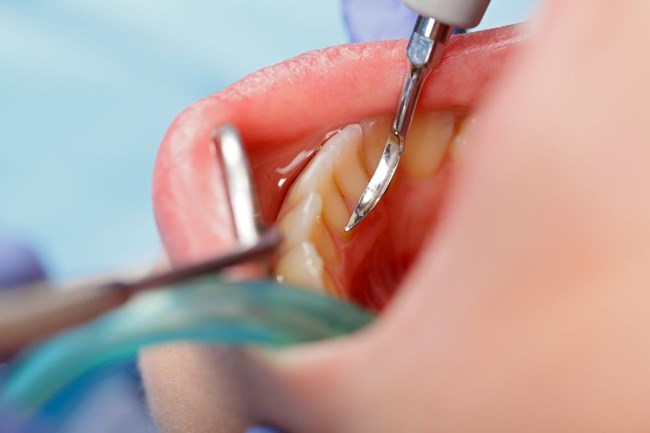Risk factors for sudden cardiac arrest in athletes + video
In a startling incident that underscores the unpredictability of cardiac arrest, LeBron “Bronny” James Jr., the 18-year-old son of basketball superstar LeBron James, recently collapsed during a basketball practice session at the University of Southern California. Despite his apparent good health, Bronny’s cardiac arrest serves as a reminder that this life-threatening event can strike without warning, affecting even the young and seemingly fit individuals.
Know the risk factors of sudden cardiac arrest in student athletes :
Swift and Effective Response Is Crucial
Cardiac arrest, characterized by the abrupt cessation of the heart’s beating, is a critical medical emergency. According to the U.S. Centers for Disease Control and Prevention (CDC), only one in ten individuals experiencing cardiac arrest outside of a hospital setting survive. Immediate intervention, particularly cardiopulmonary resuscitation (CPR) to restart the heart, significantly enhances the chances of survival. The American Heart Association emphasizes that in cases where immediate medical attention is unavailable, performing CPR can be a lifesaving measure, as every moment without intervention increases the risk of a fatal outcome.

Factors Influencing Survival Odds
Remarkably, youth plays a pivotal role in boosting survival rates following cardiac arrest. Healthier blood vessels in young individuals facilitate improved blood and oxygen flow to the brain after such an event. Dr. Scott Jerome, a sports cardiology expert, explains that young people with healthier blood vessels are less prone to the arterial hardening and stiffening that commonly affect older adults. Prompt medical intervention is crucial, as delays can exacerbate the prognosis.
The Importance of Timely Treatment
Dr. Jerome, who serves as the director of sports cardiology at the University of Maryland School of Medicine, underscores the critical nature of rapid treatment for cardiac arrest. He emphasizes that swift medical attention significantly reduces the risk of brain damage, particularly in young and healthy individuals. The absence of timely intervention, however, can result in dire consequences, underlining the importance of immediate medical response.
Causes of Cardiac Arrest Differ by Age
While coronary artery disease is a common cause of cardiac arrest in individuals over 35, younger individuals face a distinct set of risk factors. For those below this age threshold, inherited heart rhythm disorders, structural abnormalities in the heart muscle or coronary arteries, chest injuries, and misuse of certain recreational substances are likely culprits. Environmental factors, such as extreme heat and dehydration, can also elevate the risk, especially for college athletes practicing outdoors.
Addressing Disparities and Ensuring Athlete Safety
The cases of Bronny James and Buffalo Bills safety Damar Hamlin have sparked discussions about cardiac arrest risks among athletes, particularly in Black athletes. However, experts like Dr. Benjamin Levine from the University of Texas Southwestern Medical Center caution against attributing cardiac arrest to race. While some disparities in survival rates exist, it’s important not to stigmatize or generalize about certain groups.
Dr. Nahush Mokadam, a cardiac surgery specialist, points out that athletes often fare better in terms of survival due to the presence of medical professionals at sports events and practices. Regular sports physicals also contribute to early identification of potential health issues. While cardiac arrest prevention may not always be possible when underlying heart issues are involved, athletes can take measures to safeguard themselves, such as gradual acclimatization to exercise in hot conditions and staying adequately hydrated. Dr. Jerome emphasizes the pivotal role of pre-training medical screenings conducted by qualified healthcare professionals to ensure athlete well-being.
In conclusion, the sudden and unpredictable nature of cardiac arrest serves as a stark reminder that it can affect anyone, even those who appear to be in prime health. Timely intervention, informed medical screenings, and proactive steps to mitigate risk factors are essential components of ensuring athlete safety and well-being.


